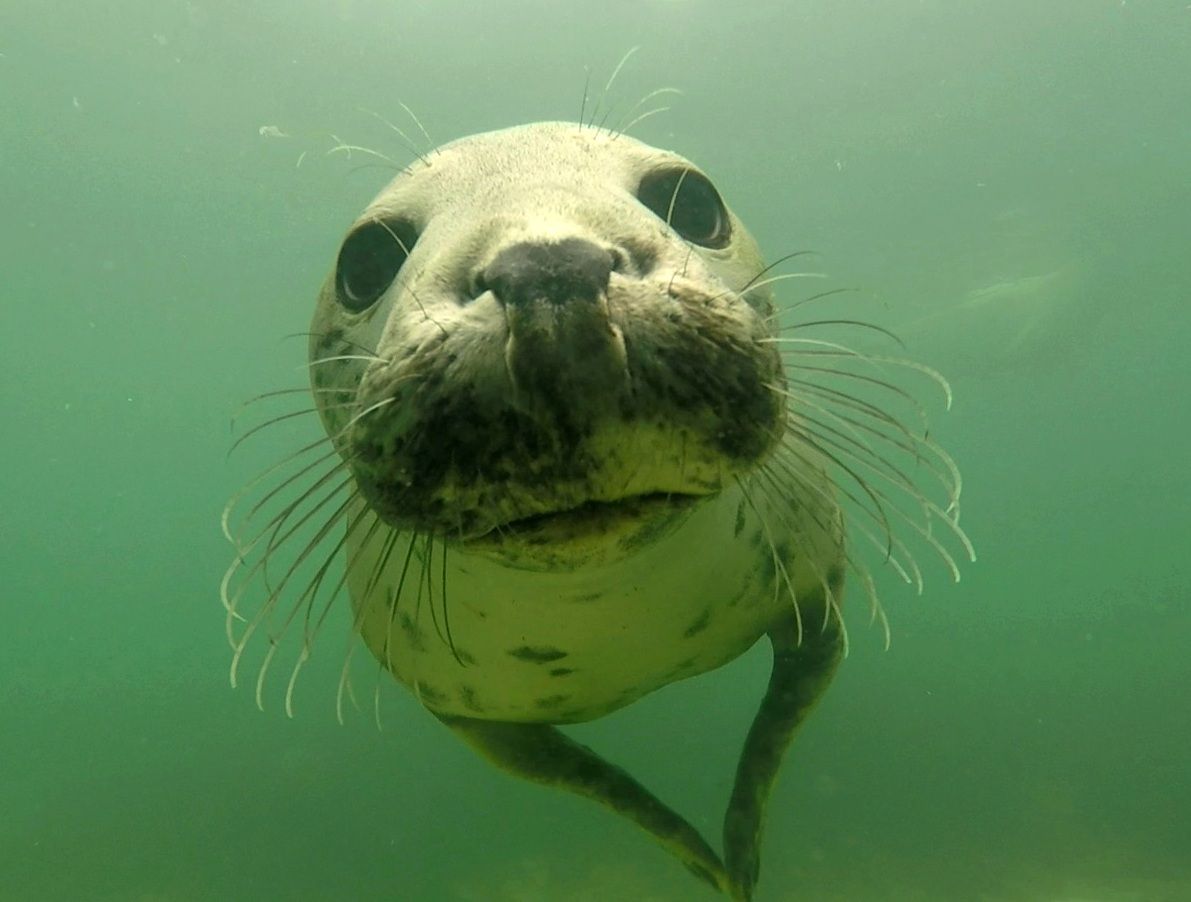

Both iceberg dimensions and their rates of production depend on glacier dynamics and morphology. For example, ice breakups in Greenland and Antarctica are rather intermittent and involve large volumes of ice, while ice detachments from tidewater glaciers in other regions, like Svalbard, occur much more frequently and usually constitute a source of much smaller icebergs.

Difficulties include but are not limited to the occurrence of diverse patterns of events across distinct glaciological regimes and environments. Despite significant work directed toward obtaining a realistic estimate of the contribution of melting glaciers to sea level rise, this is still an open issue. However, numerical modeling of glacier dynamics is extremely difficult due to a lack of sufficient knowledge of the physical control mechanisms, keeping most models semiempirical. Therefore, processes taking place at the termini of marine-terminating glaciers have a crucial importance and need considerable attention. Submarine melting and calving of tidewater glaciers represent a significant source of cold freshwater, hence also increasing the variability of temperature and salinity in the water column of glacial bays and fjords. Although the acceleration in their mass loss was 3 times smaller than that associated with the melting of Greenland and Antarctic ice sheets, the contribution of glaciers and ice caps to sea level rise is expected to remain substantial to the end of this century. According to recent research illustrating the scale of the phenomenon, glaciers and ice caps without peripheral ice bodies in Greenland and Antarctica lost mass at a rate of 120 ± 61 Gt yr −1 during 1961–1990, 278 ± 55 Gt yr −1 during 2001–2004, 215 ± 26 Gt yr −1 during 2003–2009 and 148 ± 30 Gt yr −1 during 2003–2010. Most glaciers around the world are losing mass and are contributing to global sea level rise. Similarly, the complete disintegration of the 15 km long ice tongue from Jakobshavn Isbræ, a marine-terminating outlet glacier in Greenland, in 2003 showed that such events are taking place in both hemispheres, in different environmental conditions. The spectacular detachment of 3200 km 2 of glacial ice from the Larsen B Ice Shelf in 2002 shed light on the importance of ice sheet stability and its relationship to climate shifts. We suggest that relatively inexpensive acoustic methods can be successfully used to provide quantitative descriptions of the various calving types. A quantitative analysis of the data reveals a robust correlation between ice impact energy and acoustic emission at frequencies below 200 Hz for subaerial calving. High-frequency underwater ambient noise recordings are combined with synchronized, high-resolution, time-lapse photography of the Hans Glacier cliff in Hornsund Fjord, Spitsbergen, to identify three types of calving events: typical subaerial, sliding subaerial, and submarine. Here we present the potential of hydroacoustic methods to investigate different modes of ice detachments. A detailed description of the mechanisms controlling the course of calving is essential for the reliable estimation and prediction of mass loss from glaciers. Tidewater glaciers lose volume through the poorly understood process of calving. Climate-driven ice-water interactions in the contact zone between marine-terminating glaciers and the ocean surface show a dynamic and complex nature.


 0 kommentar(er)
0 kommentar(er)
